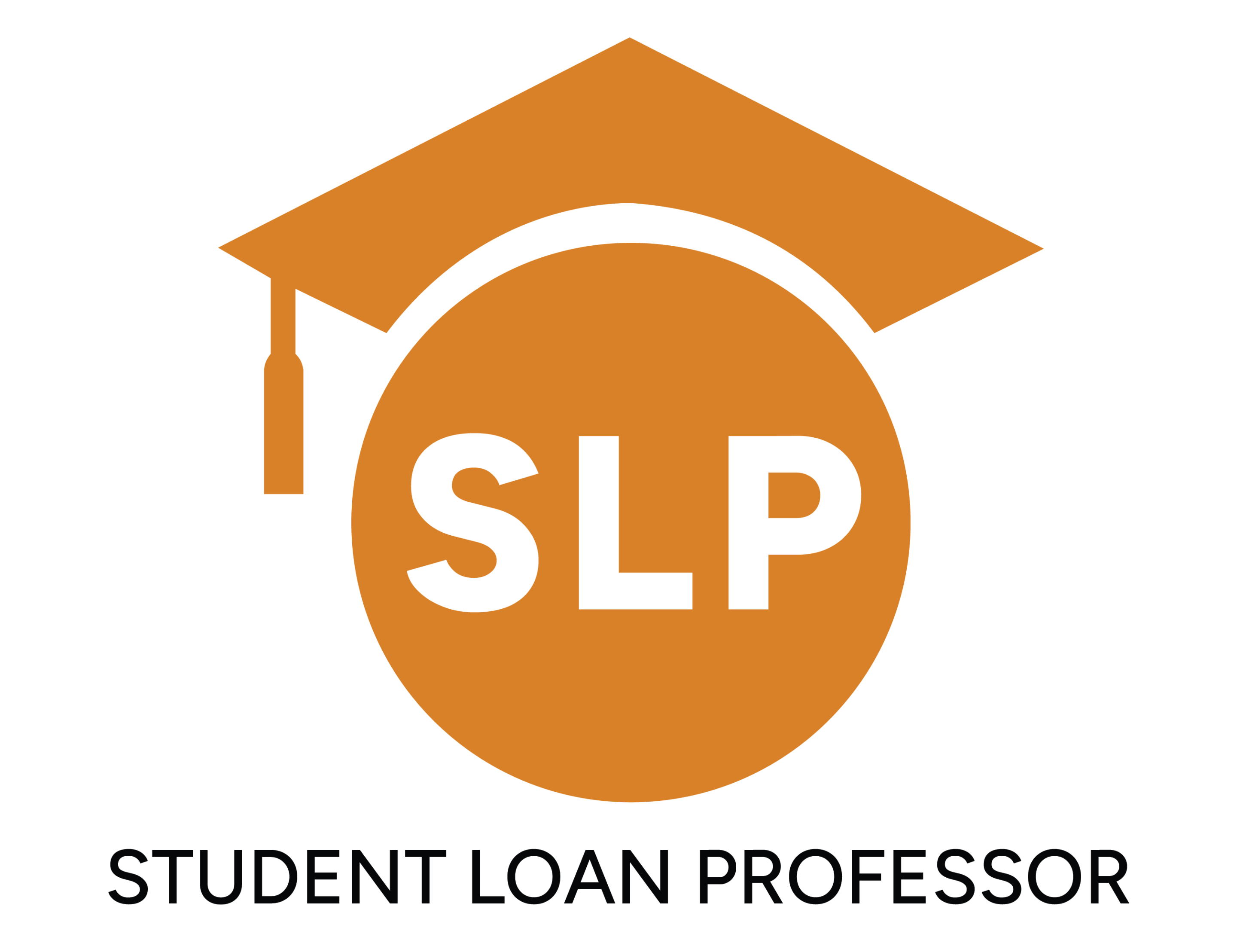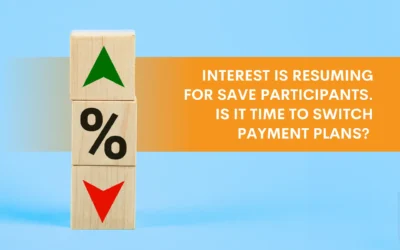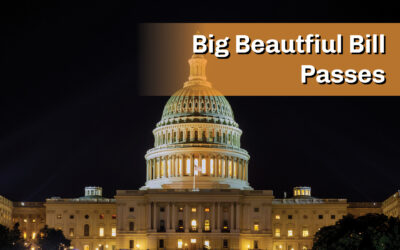PAYE is one of the income-driven repayment plans offered by the Department of Education. However, as of February 2025, a Federal Appellate Court has ruled that the 20-year loan forgiveness provision is unlawful. Additionally, since PAYE was initiated via executive order by President Barack Obama, it lacks Congressional protection and could be rescinded by a future administration. Its long-term availability remains uncertain.
It does this by capping monthly payments at a percentage of your discretionary income and providing loan forgiveness after 20 years of qualifying payments. This is why PAYE is a popular choice among borrowers seeking an affordable option with potential loan forgiveness.
Join us as we explore the plan in detail, covering eligibility criteria and payment calculations, to provide you with the clarity needed for informed financial decisions.
PAYE 101: What Is the Pay as You Earn Plan?
In a nutshell, PAYE is a federal student loan repayment option that adjusts your monthly payments based on your income and family size.
This plan offers relief to borrowers in financial difficulty by keeping loan payments affordable, while also providing a pathway to forgiveness. Here are some of the plan’s key features:
- Income-Driven Payments: Monthly payments on PAYE are capped at 10% of your discretionary income. This helps ensure your loan payments remain manageable based on the size of your income and family.
- Loan Forgiveness: As of February 2025, a Federal Appellate Court has deemed the 20-year forgiveness provision of PAYE to be unlawful. It is currently unclear whether any remaining balance will still be forgiven under this plan.
- Interest Subsidies: If your monthly payments don’t fully cover the unpaid interest on your subsidized loans, the government will pay the remaining interest for up to the first three years.
- Protection Against Financial Challenges: PAYE payments adjust annually based on your updated income and family size. This helps keep your payments manageable even if your financial situation changes.
How to Qualify for the PAYE Plan
Not all federal student loan borrowers are eligible for the Pay As You Earn plan. The program has specific eligibility criteria designed to target borrowers experiencing financial hardship and need relief.
Here’s a breakdown of these requirements to help determine if PAYE is the right fit for you:
1. PAYE is only available for several federal student loans, including:
- A Direct Subsidized Loan
- A Direct Unsubsidized Loan
- A Direct PLUS Loan as a graduate or professional student
- A Direct Consolidation Loan (Except a PLUS Loan)
Note: Private loans, Parent PLUS Loans, and Federal Family Education Loans (FFEL) not consolidated into a Direct Loan are not eligible.
2. You must demonstrate a partial financial hardship. This means that your calculated PAYE payment must be lower than what you would pay under the 10-year Standard Repayment Plan.
3. You must have received your first federal loan after October 1, 2007. Additionally, you must have received at least one disbursement of a Direct Loan on or after October 1, 2011.
How to Determine Your Eligibility
With its strict criteria, here are some straightforward steps to check if you qualify for PAYE:
- Review Your Loan Types: Use the National Student Loans Data System (NSLDS) or log into your Federal Student Aid account to confirm which type of loans you have.
- Assess Your Financial Hardship: Compare your income and family size to the PAYE payment calculation to determine if you meet the hardship requirement.
- Consult a Student Loan Professional: Reach out to a team of student loan experts such as Student Loan Professor (SLP) for assistance in determining your eligibility. An expert will also help guide you through the application process.
How Your PAYE Payments Are Calculated
Under PAYE, your monthly payments are based on your income, family size, and federal poverty guidelines. Here’s how your payments will be calculated:
- Discretionary Income: This is defined as the difference between your adjusted gross income (AGI) and 150% of the federal poverty guideline for your household size and state of residence. As such:
Discretionary Income = AGI – (150% x Federal Poverty Guideline)
For example: If your AGI is $50,000 and the poverty guideline for a family of two in your state is $20,000, your discretionary income would be:
50,000 – (1.5 x 20,000) = 50,000 – 30,000 = 20,000 - Monthly Payment Amount: Under PAYE, monthly payments are capped at 10% of your discretionary income, divided by 12 to calculate the monthly amount. That is:
Monthly Payment = 10% x Discretionary Income / 12
Using the previous example with a discretionary income of $20,000:
Monthly Payment = 0.10 x 20,000 / 12 = 2,000 / 12 ≈ 167 - Impact on Family Size and Income: The larger your family, the higher the poverty guideline, which reduces your discretionary income and lowers your payments. However, if your income rises, your discretionary income and payment will increase accordingly.
- Annual Recertification: When on PAYE, you must recertify your income and family size annually. Your payments will be recalculated based on your updated financial information.
- Minimum Payment and $0 Payments: If your calculated payment is very low, it could be reduced to as little as $0 per month. These $0 payments still count as qualifying payments toward student loan forgiveness.
Frequently Asked Questions
Can I Switch to PAYE From Another Repayment Plan?
Yes, you just need to complete the Income-Driven Repayment Plan Request form and select PAYE as your preferred plan. You’ll also need to provide updated family size information to ensure your payments are calculated accurately.
What Happens if I Miss Monthly Payments Under PAYE?
Missing payments can lead to several issues, such as late fees from your loan servicer and a negative impact on your credit score. Your plan may even revert to a higher payment under the Standard Repayment Plan if you don’t contact your servicer.
Secure Your Financial Future with SLP
The PAYE plan is a powerful tool for managing your federal student loan debt. Armed with this information, you can decide if it suits your financial situation.
However, if you still need help exploring strategies for saving money, reducing your student loan debt, and securing forgiveness, Student Loan Professor (SLP) is here to help.
Our expert team will guide you through the complex world of student loans, helping you navigate different options, apply for the right repayment plan, and maximize your savings.
Contact us today to explore the best options for your future.
Brandon Barfield is the President and Co-Founder of Student Loan Professor, and is nationally known as student loan expert for graduate health professions. Since 2011, Brandon has given hundreds of loan repayment presentations for schools, hospitals, and medical conferences across the country. With his diverse background in financial aid, financial planning and student loan advisory, Brandon has a broad understanding of the intricacies surrounding student loans, loan repayment strategies, and how they should be considered when graduates make other financial decisions.





